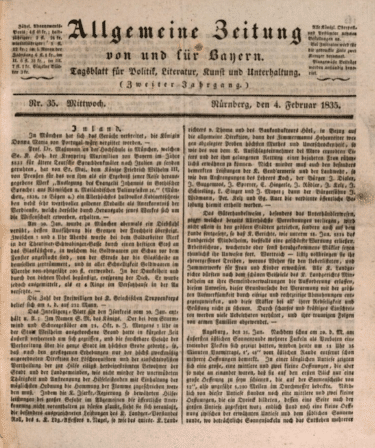When do you think the first double-blind, randomised control testing of a medical treatment was?
Jenner’s cowpox/smallpox vaccinations in 1798? Nope, they were only on a very small sample size, ie one rather trusting lad.
Maybe John Snow’s survey on Cholera at the Broad St Pump in 1854? Again, not a randomised control in sight.
Strangely, given skeptics’ focus on homeopathy over the years, it was what became known as the Nuremberg Salt Trials of 1835, which set out to test the efficacy of homeopathic treatments. Spoiler alert: it didn’t end well for the homeopaths.
Homeopathy was invented (rather than discovered) as a treatment by Samuel Hahnemann in 1796, and given the paucity of medical knowledge at the time, it became increasingly popular – especially in Germany, and especially with physicians looking for treatments that wouldn’t actually kill or poison their wealthy patients.
Two Nuremberg doctors – Karl Preu and Johann Jacob Reuter – gained a reputation with prominent citizens of the town by using the latest technique of ‘not actually giving them any active ingredient at all and charging lots of money for the privilege’. Friedrich Wilhelm von Hoven, the head of the local hospital, was rather annoyed by the fact these ‘doctors’ were raking in the cash without doing any real doctoring, and so wrote a treatise denouncing both them and homeopathy.
As historian Michael Stolberg wrote:
He suggested that homeopathic drugs were not real medicines at all and alleged homeopathic cures were either due to dietetic regimens and the healing powers of nature, or showed the power of belief. He called for an objective, comparative assessment by impartial experts. If, as he expected, homeopathic treatment proved ineffective, the government would need to take drastic measures to protect the lives of deceived patients.”
By 1835, Preu was dead, but Reuter, being a little miffed at this challenge to his reputation and income, pointed out that homeopathy had been used to cure children, animals and even ‘lunatics’, challenging von Hoven to try it for himself.
A group of prominent citizens, likely physicians in von Hoven’s circle, decided to take Reuter’s challenge and to put homeopathy to the test. The editor of the daily Allgemeine Zeitung von und für Bayern, George Löhner, agreed to compile and publish the results.
After a public announcement, 120 citizens of Nuremberg met in a pub to begin the experiment. 100 numbered vials were shuffled and split into two groups. One had distilled snowmelt added, the other ordinary salt in a C-30 homeopathic preparation exactly as Reuter had specified: a grain of salt dissolved into 100 drops of distilled snow water and the resulting solution further diluted 29 times at a ratio of 1 to 100.
A lot of care was taken to stop cross-contamination. Brand new scales were used, and the pharmacists had taken two days off, as well as bathing, before preparing the solution. A sealed list of which vials did and did not have the homeopathic solution was kept, and a separate blinded group distributed the vials to 54 randomised participants (47 at the meeting and 7 afterwards). A second list of which number vial each had received was kept and sealed.
After three weeks, at a second meeting the participants were asked to report on anything unusual they had experienced after they ingested the contents. 50 responses were retrieved. Only eight of the 50 reported any reaction. Of that eight, five had had a dilution of salt, three had not. The vast majority reported no reaction at all.
The organisers concluded that this was strong evidence that the claimed successes of homeopathic treatments were a result of “the fruit of imagination, self-deception and preconceived opinion—if not fraud” (according to Stolberg).
Clearly as a modern scientific trial, the results are questionable at best – it seems most of the participants were not exactly advocates of homeopathy, so if they had wanted to vilify the practice, they could have done so by reporting no reaction to consuming the contents of the vial – but its value lies not in the result it claimed to demonstrate, but in the protocols and procedures it set out. The organisers did all that they could to try and eliminate the tendency of unknown errors to creep into any study and of unexpected bias to skew even the best laid plans of experimenters everywhere.
As Stolberg put it:
- The trial design (protocol) was carefully set out and the details of the study were made public in advance
- The number of participants was relatively large and the differences between the two groups would have been significant if Reuter had been right
- Assignment to one group or the other was apparently perfectly randomized
- A control group receiving only placebo was used
- The trial was double blind: neither the participants nor those who organized the trial, distributed the vials and documented the effects had any idea whether a vial contained the homeopathic high dilution or merely water
- A rough comparative statistics of the results was compiled
- Irregularities were carefully recorded, such as the failure of four participants to report back, and the fact that several vials were distributed only after the first tavern meeting
The report writers wanted other experimenters to repeat similar tests, using different solutions and to ensure the results – and protocols used – were published afterwards.
As for homeopathy? Well, the practitioners immediately realised their mistake and as a treatment it was abandoned, never to be heard of again…



